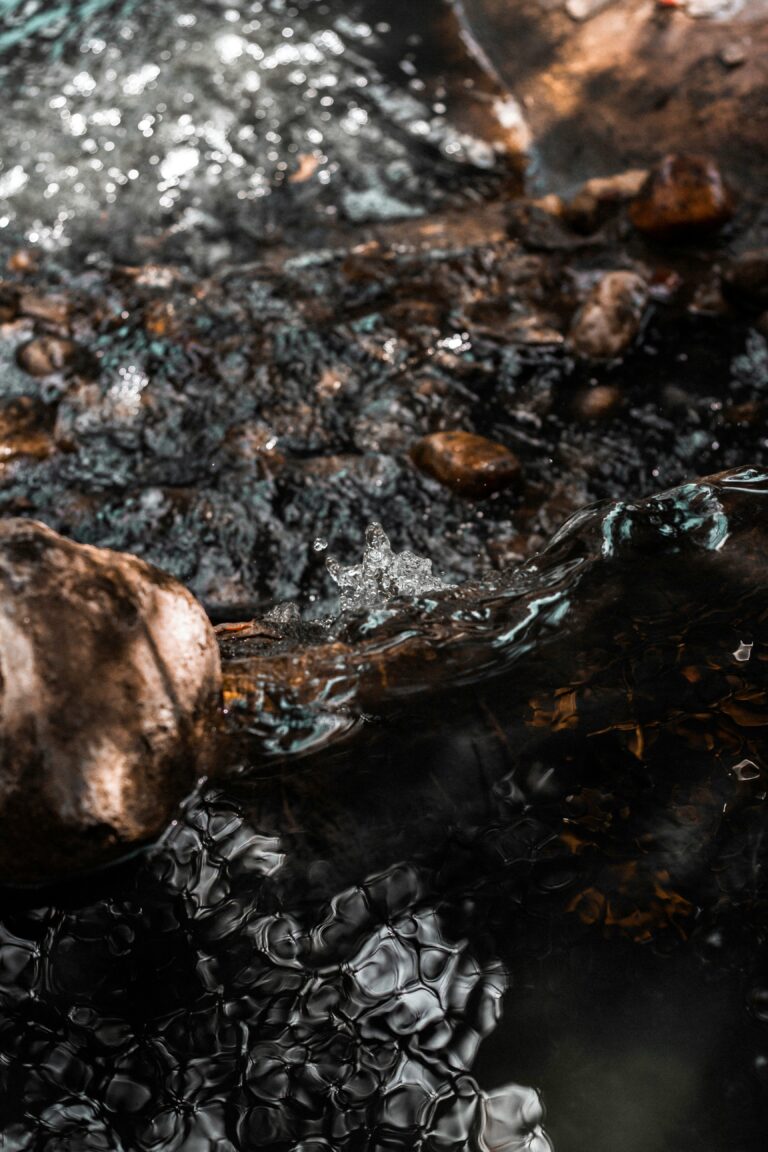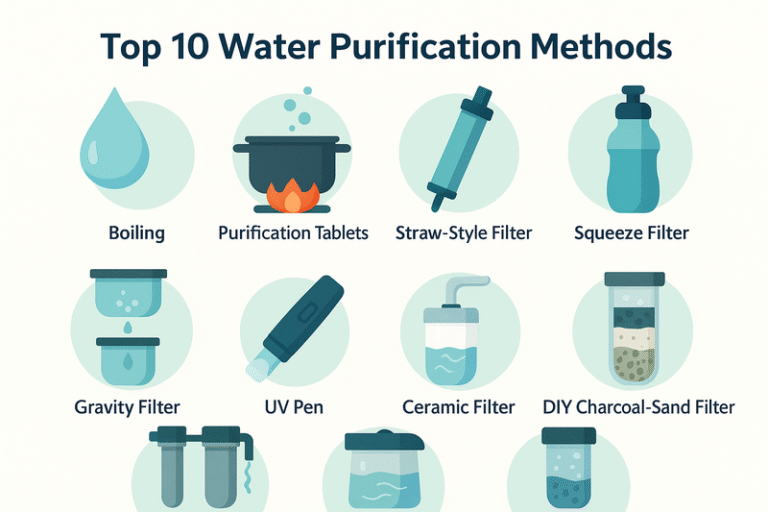🔥 How to Make a DIY Soda Can Stove (Step-by-Step Survival Guide)
In a survival situation or lightweight backpacking trip, the ability to cook a hot meal can make all the difference. A DIY soda can stove is one of the simplest and most effective emergency tools you can make from everyday materials. It’s ultralight, compact, and burns clean with alcohol fuel — making it a smart, budget-friendly option for off-grid cooking.
This post contains affiliate links. I may earn a small commission at no extra cost to you. Learn more.
Unlike bulky gas stoves, this homemade alcohol stove weighs almost nothing, costs pennies to build, and is field-tested by thru-hikers, preppers, and survivalists alike. In this guide, you’ll learn exactly how to make one that works reliably when it matters most.
Minimalist cooking starts here — but don’t miss the 🍳 Campfire-Free Cooking Guide for a full survival kitchen setup.
🛠️ What You’ll Need
✅ 1 empty aluminum soda can
✅ Sharp scissors or utility knife
✅ Thumbtack or push pin
✅ Rubbing alcohol or denatured alcohol
✅ Marker and ruler
✅ Optional: Steel wool or fiberglass insulation
⚙️ How to Build the Stove
Step 1: Cut the Can
Mark about 1 inch from the bottom and top. Carefully cut both sections—these become the base and top of the stove.
Step 2: Add Burner Holes
Use the thumbtack to puncture 8–12 small holes around the upper rim of the top half. These will allow vaporized fuel to escape and ignite.
Step 3: (Optional) Add Insulation
Stuff a bit of fiberglass or steel wool inside the base to help distribute and vaporize the fuel more efficiently.
Step 4: Assemble the Stove
Gently press the top half into the bottom half. Trim edges if needed to fit snugly.
Step 5: Fuel and Ignite
Pour 1–2 tablespoons of alcohol into the center. Let it soak briefly, then ignite with a long lighter. 🔥
🏕️ How to Use It
✅ Works best with small pots or metal cups
✅ Boils water in roughly 6–8 minutes
✅ Use a windscreen for better efficiency
⚠️ Safety Tips
✅ Only use in well-ventilated outdoor spaces
✅ Never refill a hot stove
✅ Let stove cool before handling
✅ Flame may be invisible in daylight — be extra cautious
✅ Pros & Cons of a DIY Soda Can Stove
Pros:
-
Ultralight (under 1 oz) and compact
-
Costs almost nothing to build
-
Runs on widely available alcohol fuels
-
No moving parts = nearly impossible to break
-
Great backup option for bug-out bags
Cons:
-
Less efficient than propane/isobutane stoves
-
Fragile compared to commercial models
-
Some areas restrict alcohol stoves due to fire risk
-
Slower boil times than gas
🔥 DIY Soda Can Stove vs Other Camping Stoves
-
Vs. Gas Canister Stoves: Cheaper and lighter, but slower boil times and less wind-resistant.
-
Vs. Wood Stoves: No need to gather dry tinder, but you must carry fuel (alcohol).
-
Vs. Commercial Alcohol Stoves: Similar performance, but DIY saves money and teaches a survival skill.
For more ways to cook outdoors without relying on a fire pit, return to the 🍳 Campfire-Free Cooking Guide.
❓ FAQ: Soda Can Stoves for Survival
Can you really cook meals on a soda can stove?
Yes — small meals, coffee, and boiling water are realistic. It’s best for lightweight camping or emergency use, not gourmet cooking.
What fuel works best?
Denatured alcohol or HEET (yellow bottle, methanol). Rubbing alcohol works but burns less clean.
How long does it burn?
With 1 oz of fuel, expect ~10–12 minutes of burn time.
Are they safe?
Yes if used correctly. The biggest risk is invisible flame — always double check before refueling.
🛒 Gear to Go With It
- 🔗 Titanium Pot + Lid Set – Ultra-light & durable
- 🔗 Fuel Bottle with No-Spill Cap – Safe for transport
- 🔗 Folding Windscreen – Boosts stove efficiency outdoors
📦 Final Thoughts
A DIY soda can stove won’t replace a full camp kitchen, but in survival and bug-out situations it’s tough to beat for weight, cost, and simplicity. With one tucked into your bug-out bag, glove box, or hiking kit, you’ll always have a way to boil water, cook a hot meal, or sterilize gear in an emergency.
Try building one today, practice with it at home, and you’ll have a reliable backup cooking system that could save you when the grid goes down.
📚 Further Reading
Looking for more outdoor cooking skills? Check these guides:







